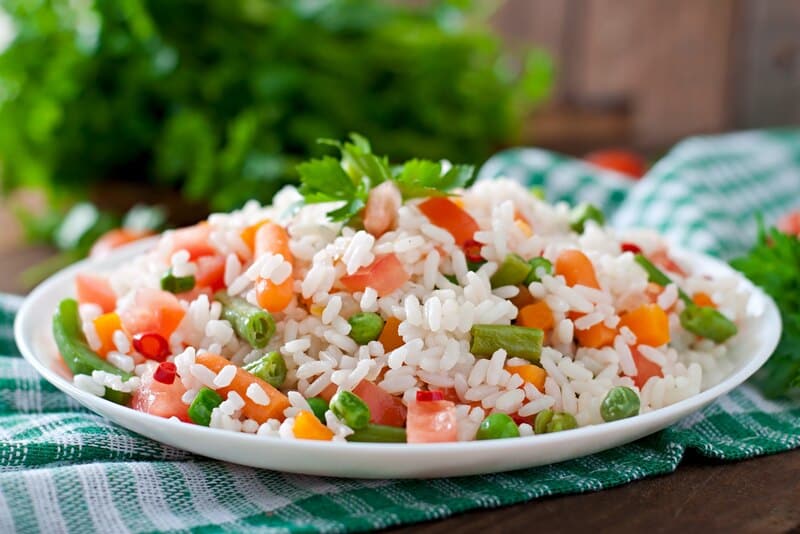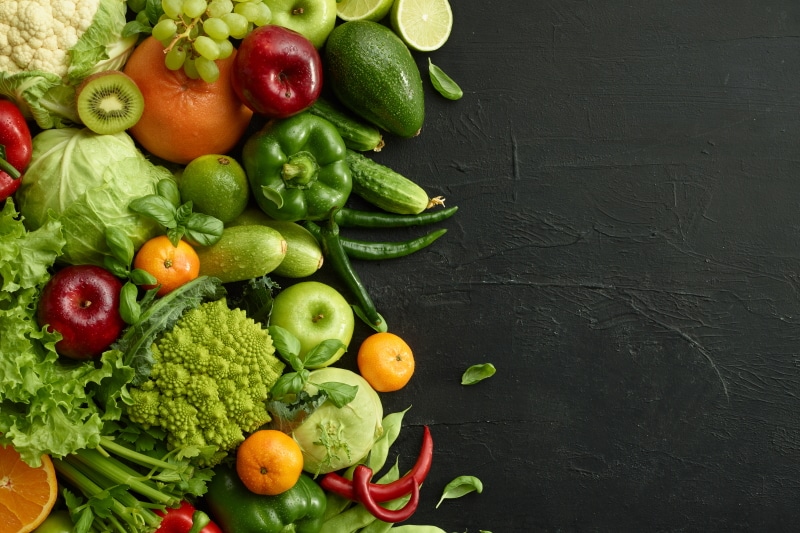Rice is ubiquitous. There are billions of people who adore and consume it every day. Here are some of the most common types seen on store shelves, as well as the benefits of each.
Rice is one of the most widely consumed foods across cultures, with billions of people around the world eating it as a staple food. It is a staple food in many countries, particularly in Asia, Africa, and Latin America, where it is an essential part of the daily diet. Rice is a cereal grain that is the seed of the grass species Oryza sativa or Oryza glaberrima. Rice is a versatile and nutritious food that provides a range of benefits, from providing energy to promoting good health.
What is rice?
Rice is a type of cereal grain that is a staple food for millions of people around the world. Rice is a member of the grass family and is grown in warm, humid climates, particularly in Asia and Africa. There are two main types of rice: white rice and brown rice. White rice is milled to remove the outer husk, bran, and germ layers, leaving just the starchy endosperm. Brown rice, on the other hand, retains the bran and germ layers, which gives it a higher nutritional value.
Benefits of eating rice
Rice is a nutritious and versatile food that provides a range of benefits. Here are some of the key benefits of eating rice:
- Provides Energy: Rice is a good source of carbohydrates, which are the body’s primary source of energy. The carbohydrates in rice are slowly released into the bloodstream, providing a steady supply of energy throughout the day.
- Promotes Digestive Health: Rice is a great source of fiber, which helps keep the digestive system running smoothly, which is good for digestive health.The fiber in rice also helps to reduce the risk of constipation and other digestive problems.
- Good for the Heart: Rice is a low-fat and cholesterol-free food, making it an excellent choice for people who are looking to improve their heart health. The fiber in rice also helps to reduce the risk of heart disease by lowering cholesterol levels in the blood.
- Promotes Weight Loss: Rice is a low-calorie food that is filling and satisfying. Eating rice as part of a balanced diet can help promote weight loss by reducing hunger and cravings for unhealthy foods.
- Provides Nutrients: Rice is a good source of vitamins and minerals, including thiamin, niacin, vitamin B6, and iron. Brown rice is also a good source of magnesium, which is important for bone health.
What are the several varieties of rice?
There are tens of thousands of distinct rice cultivars in the world. Here, though, we’ve narrowed our emphasis to a handful of the most prevalent varieties found in grocery store aisles and on restaurant menus.
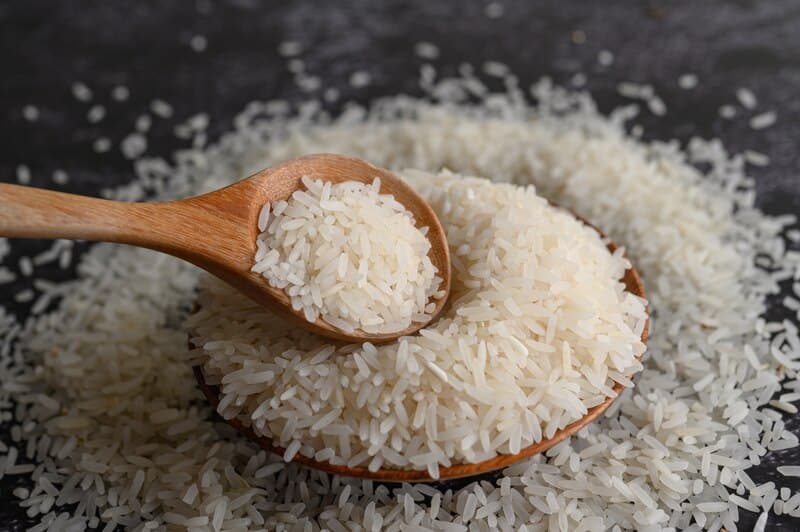
1. White rice
White rice is rice that has been stripped of its hull, bran, and germ. As a result, white rice is not as nutritious as other varieties available (the germ is the core of the rice, which is the nutrient-rich part). But, it remains a fantastic source of energy, and you can purchase white rice with additional vitamins and iron, making it more healthy. It is quick and simple to prepare.
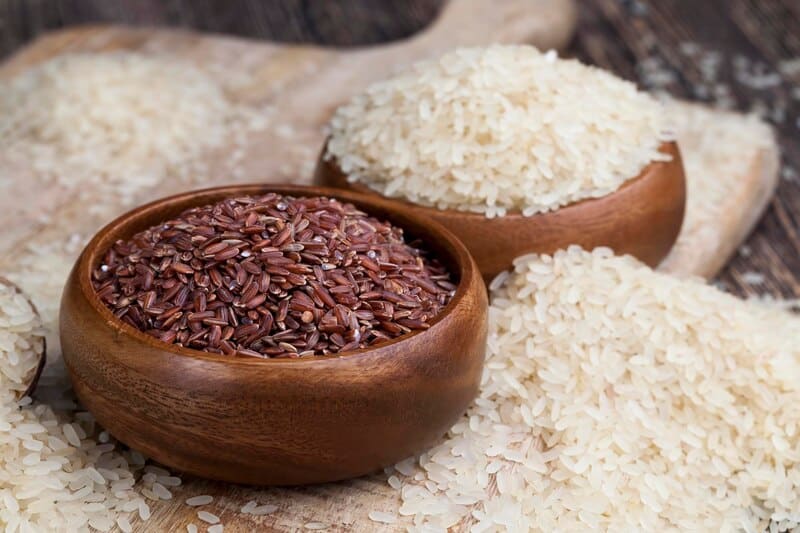
2. Brown rice
In contrast to white rice, brown rice retains its bran and nutrient-rich germ, making it a whole grain. It is an excellent source of fiber and protein, as well as thiamin, niacin, iron, magnesium, zinc, manganese, and selenium. In addition, it is a rich source of antioxidants. The only disadvantage is that it takes longer to cook than white rice. Additionally, the texture is slightly more chewy, and the flavor is more earthy.
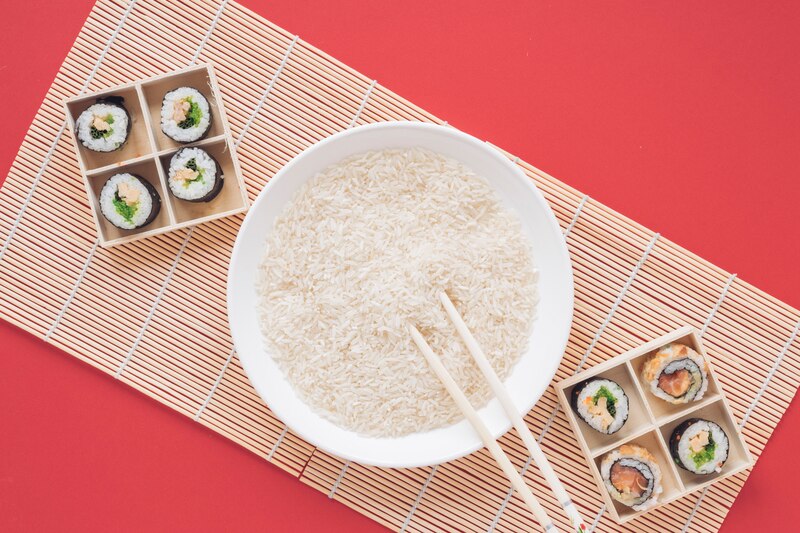
3. Sushi rice
Obviously, sushi rice is required for the preparation of sushi. To accomplish this, however, you must first acquire Japanese rice, which is short-grain rice farmed in Japan. It is stickier than other varieties of rice and also significantly sweeter. Japanese rice is cooked and combined with ingredients such as rice vinegar to make sushi rice. It is then allowed to cool before being used in sushi recipes.
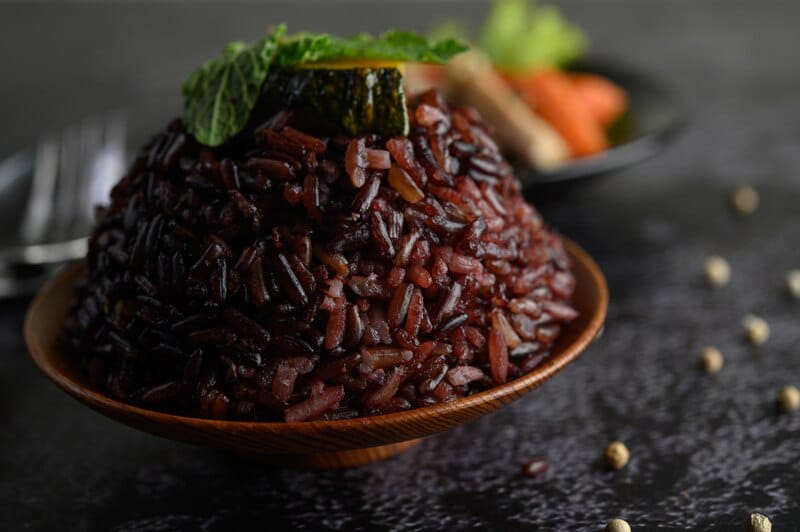
4. Wild rice
Wild rice should not be included on this list. This is due to the fact that wild rice is not actually rice. Nonetheless, we will keep it because it acts like rice, seems like rice, and tastes close to rice. Wild rice is the seed of aquatic grass, which often grows in North American freshwater marshes, streams, and lakes (thus the name). It’s a source of protein, carbohydrates, fiber, and nutrients like folate, magnesium, zinc, and manganese. Similar to brown rice in terms of flavor, but much stronger. The texture is also a little chewier.
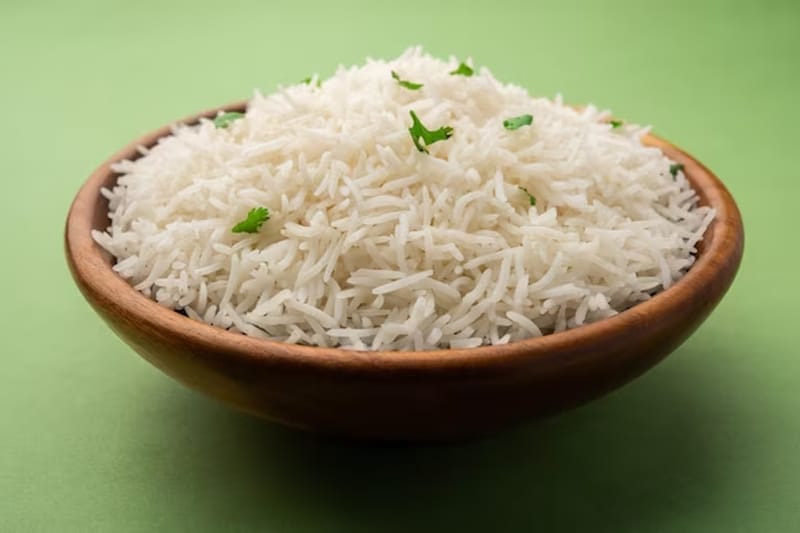
5. Basmati rice
If you visit an Indian restaurant, basmati rice will likely be on the menu. Commonly served with curry and other Indian dishes (because it originated in the Himalayas), it can be white or brown. It’s long-grained, aromatic, and, when cooked, light and fluffy. Like with many forms of rice, it is an excellent source of carbs, and it also contains selenium, folate, thiamine, and iron.
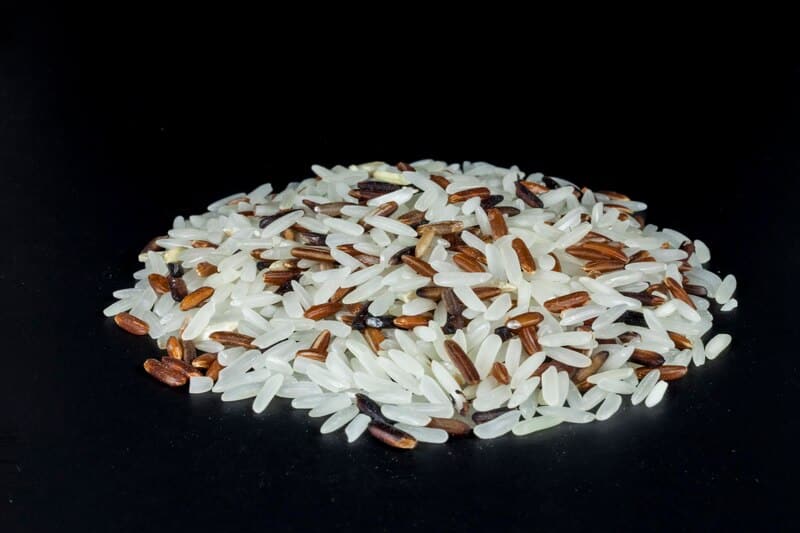
6. Jasmine rice
Jasmine rice is often white, although there are also brown, crimson, black, purple, and scarlet variations. It is predominantly manufactured in Southeast Asia, where it has immense popularity. Long-grained, slightly sticky after cooking, aromatic, and nutty-flavored. (Some claim it tastes very much like popcorn!) Typically, it is eaten with Thai curries such as panang and massaman.
A few delicious recipes to make with rice
You’re probably feeling hungry at this point. The good news is that if you’re craving some delicious rice-based dishes, we’ve got some ideas for you. Here are a handful of our favorite methods of consuming the basic grain.
1. Garden Fried Rice
This is a fantastic way to utilize vegetables if you have a refrigerator full of ingredients and are unsure of what to prepare. To achieve the proper texture, brown rice must be cooked in advance; then, simply reheat everything in a large skillet. Simple and delectable.
2. Pomegranate-Pineapple Rice Pudding for Breakfast
Have you prepared too much rice? Don’t dispose of it. Put it in the refrigerator and preserve it for a breakfast of nutritious and delicious rice pudding. This dish features aromatic Jasmine rice combined with coconut milk, fruit, and agave syrup.
3. Pink Rice Sushi Rolls with Ginger-Tamari Cream Sauce
Assemble your friends, it’s sushi night! You will need sushi rice, which you may prepare yourself or get from a supermarket. And the brilliant pink hue is derived from beets.
4. Rice and Mushroom Soup with Wild Rice
The earthy aromas of wild rice and mushrooms wonderfully complement one another. Combine them with sweet carrots, celery, leek, herbs, and garlic for a satisfying, warming, and creamy bowl of soup.

